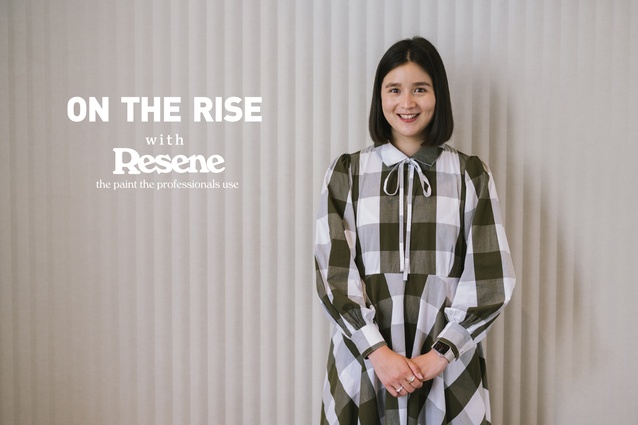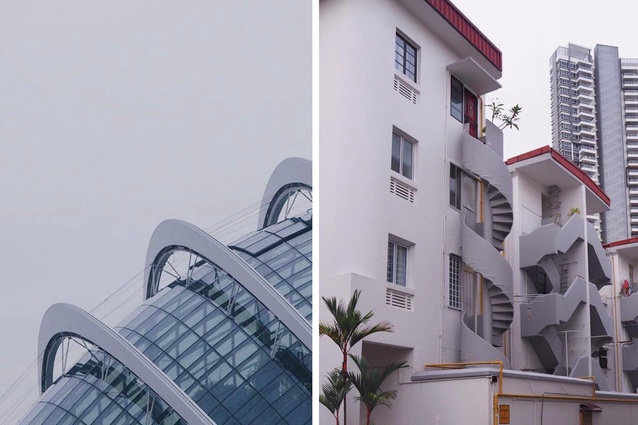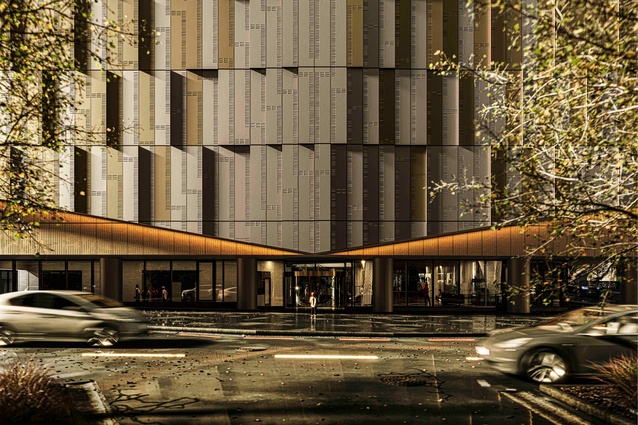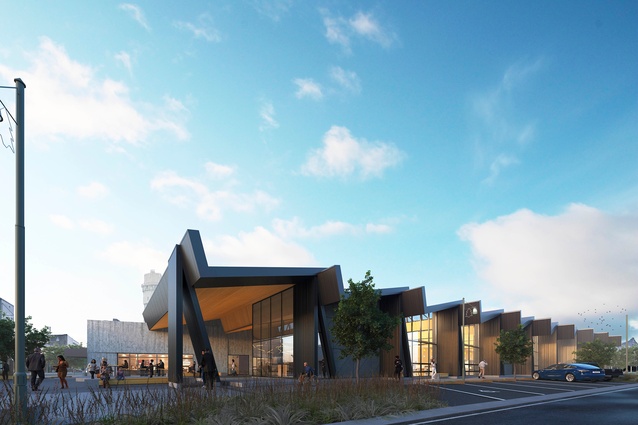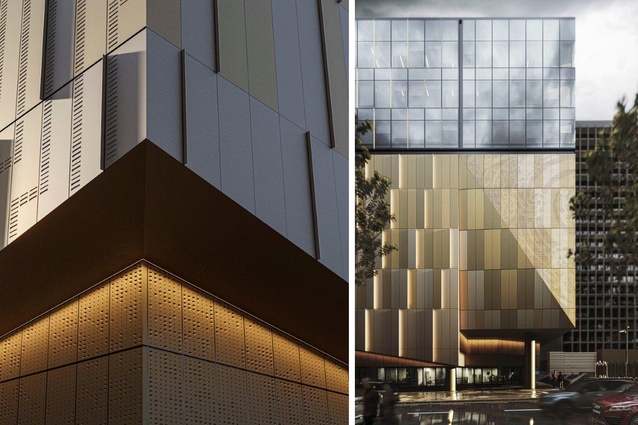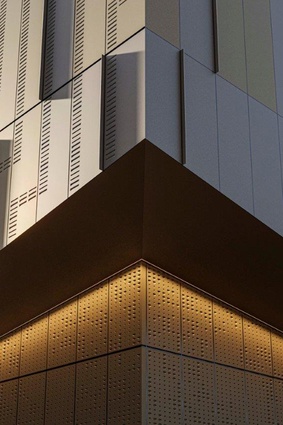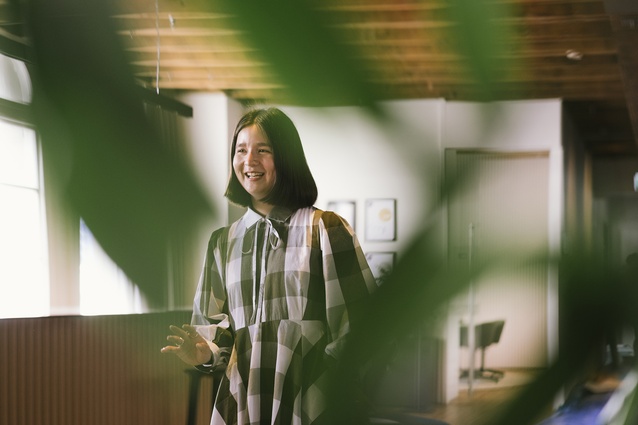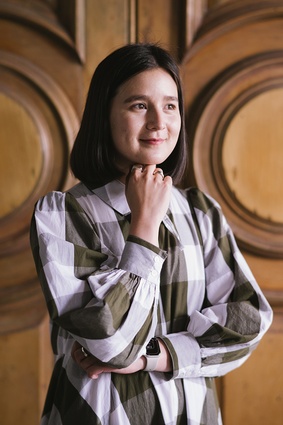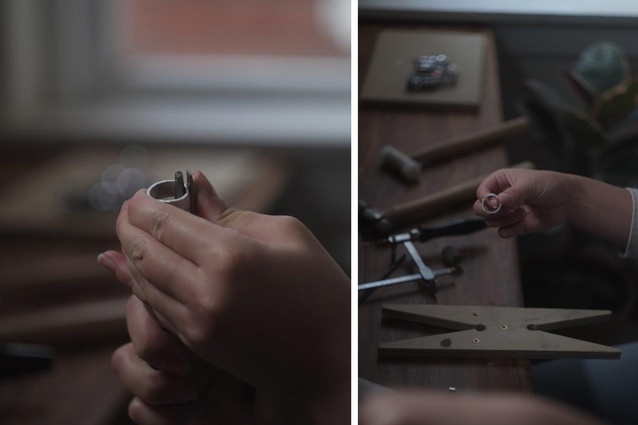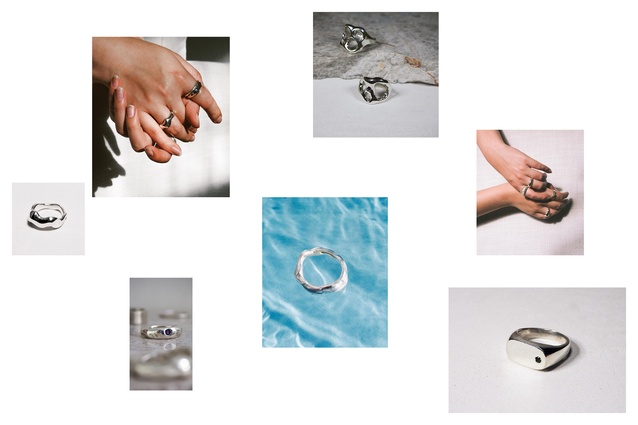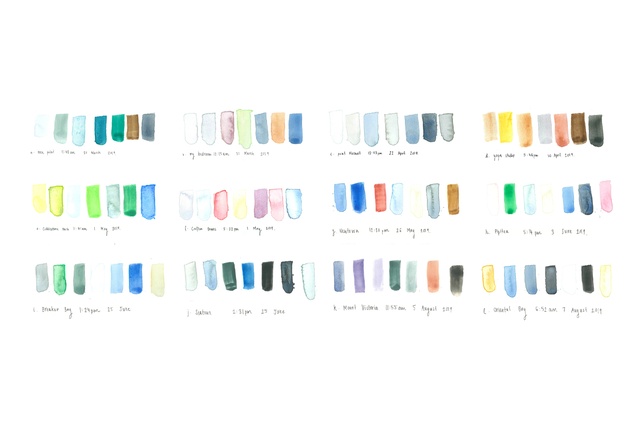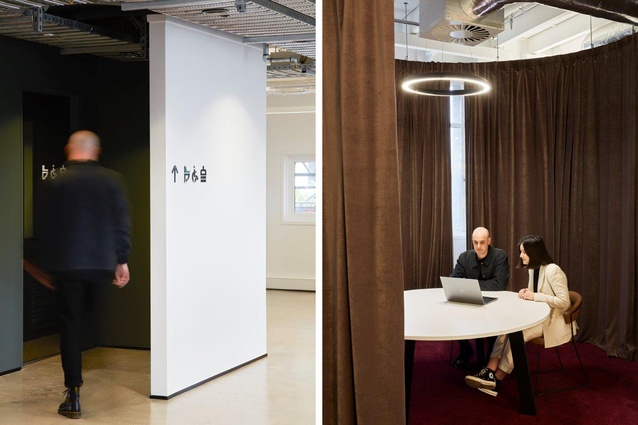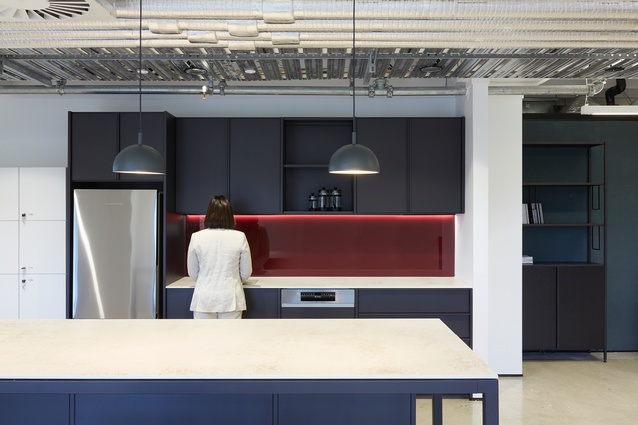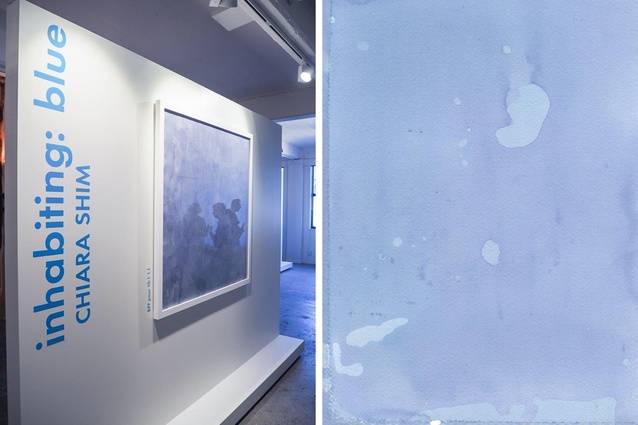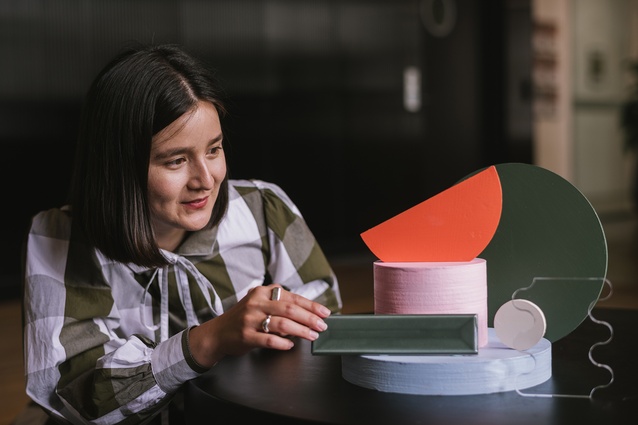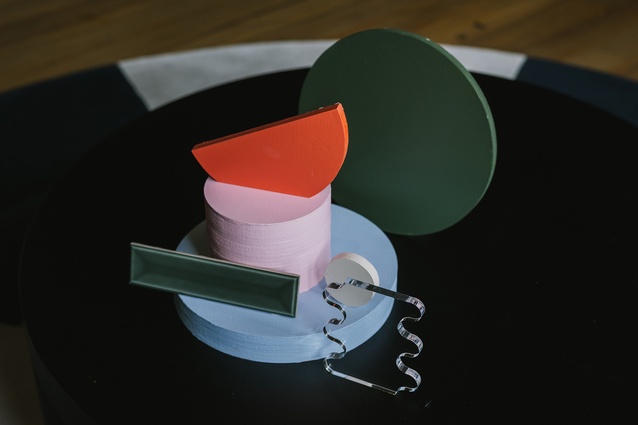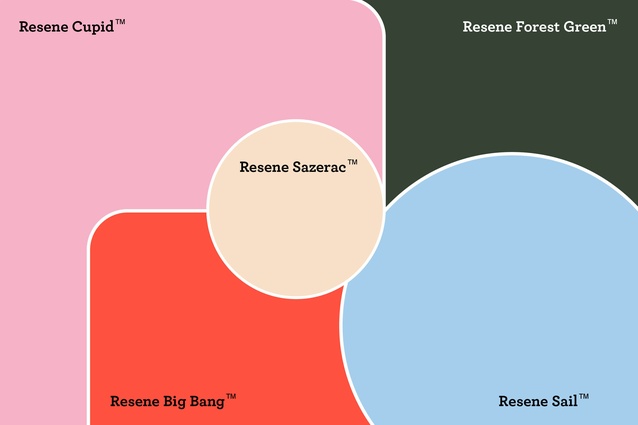On the Rise: Chiara Shim
ArchitectureNow’s On the Rise series, supported by Resene, profiles young designers from across the country who are shaping the future of the industry. In this instalment, we talk to intermediate architectural graduate Chiara Shim of Warren and Mahoney, whose diverse background has fostered an inquisitive approach to creating spaces that push traditional paradigms of the industry.
Jacinda Rogers (JR): What experiences do you think have shaped your perspective on architecture?
Chiara Shim (CS): From a young age, I found the built environment and spaces alluring. This may have stemmed from my diverse cultural background, which resulted in some travel early on, visiting foreign countries such as Malaysia, Singapore and South Africa.
Spaces can imbue so much and, being receptive, letting myself feel and absorb, unshackling the senses, is key in how to analyse architecture and space.
Studying architecture at Victoria University Wellington — Te Herenga Waka further opened my eyes to the built environment and space. When I first started studying, I was amazed at how aligned the subject was to my personal curiosities and how it shifted me to look at the world through different lenses.
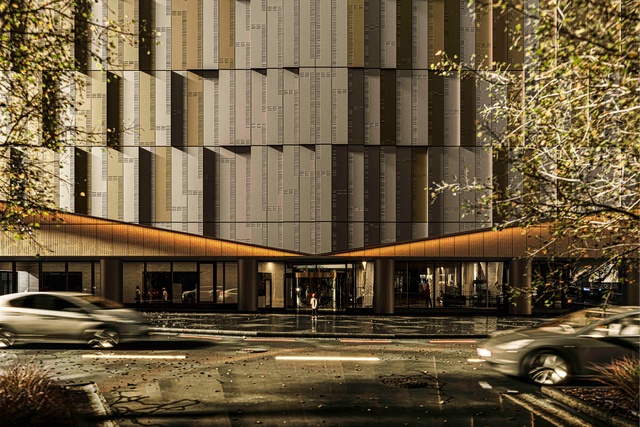
JR: What typologies within the field of architecture appeal to you most?
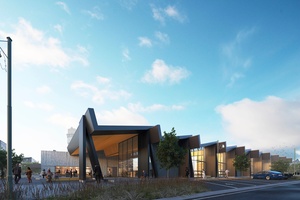
(CS): I find myself gravitating towards large, civic-scale and public buildings. Not everyone has access to good examples of architecture and it’s through public buildings that we can open the doors to meaningful, well-designed and democratic spaces.
This interest extends to urban planning and public spaces, public interfacing opportunities such as siting, building entries and lobbies.
As part of the team responsible for delivering Heke Rua Archives, I’m invigorated by all the happenings on site — it’s a steep learning curve.
The thirst for large-scale projects is also enhanced by the individuals I work with who constantly inspire me to think bigger — architects who are visionary, future-thinking and progressive.
JR: As a graduate with aspirations of becoming a registered architect, what’s it like working collaboratively on projects?
(CS): I love starting a design session with everyone putting their wildest ideas on Post-it notes — there’s something so valuable about allowing unbounded thinking — it inspires and motivates. I always look forward to the creative forum. I also appreciate the dynamic environment the studio provides; collaboration is essential in the creative process.
JR: How have you found the journey to becoming a registered architect?
(CS): Chasing projects like Heke Rua Archives has meant that the initial journey to becoming a registered architect has been elongated. These bigger projects simply take longer, are highly complex with a lot of moving parts and are therefore harder to get your head around.
Something I’ve personally worked on cultivating is ‘trusting the process’. Good things take time and are a journey of many steps. While having such lofty goals can be intimidating, it also keeps me hungry and humble. There’s always something bigger.
I think overall it’s preparing me for the work I would want to do once registered — as opposed to a quick pathway that is less meaningful to me.
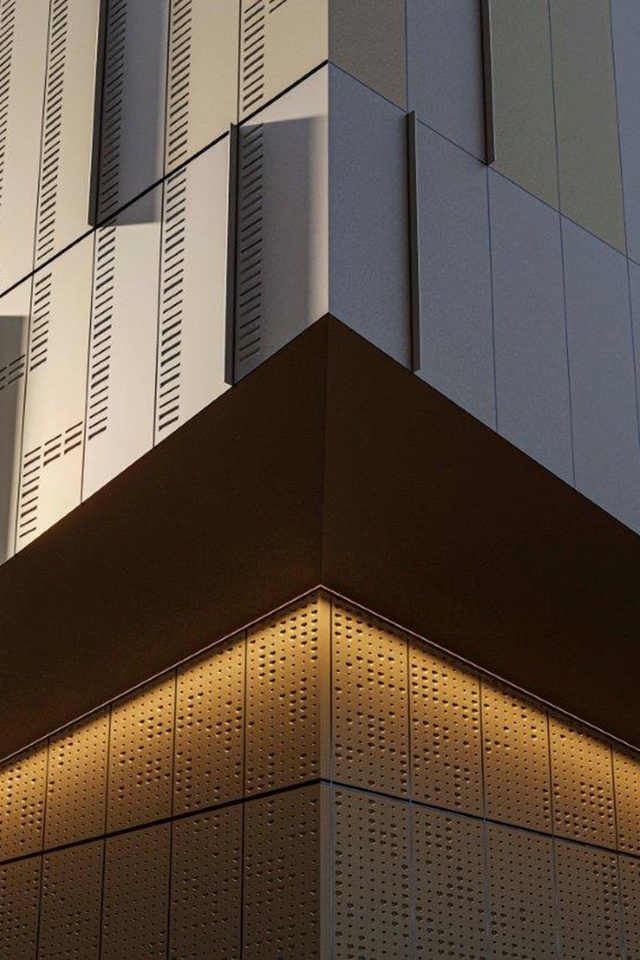
JR: How do you like to approach a design problem?
(CS): Through searching for patterns: cause and effect, similarities, influences etc. I find delight in patterns, whether in nature or the built environment.
As a predominantly self-taught computational designer, working in Rhino and scripting in Grasshopper is one way my delight in patterns has manifested itself. Essentially, I use pattern-finding and thinking laterally in computation design to work out scripts, parametric design and to simplify workflows.
I used these design skills during the co-design work for the façade of Heke Rua Archives with design agency Tihei. I translated, through script, a supplied whakanikoniko into a debossing pattern, which has been fabricated to cloak the lower half of the façade. The algorithm reinterprets the pattern from the whakanikoniko into small and large pipi.
As an architectural graduate at W+M, I apply these unique skills in a way that may progress us towards a brave new future.
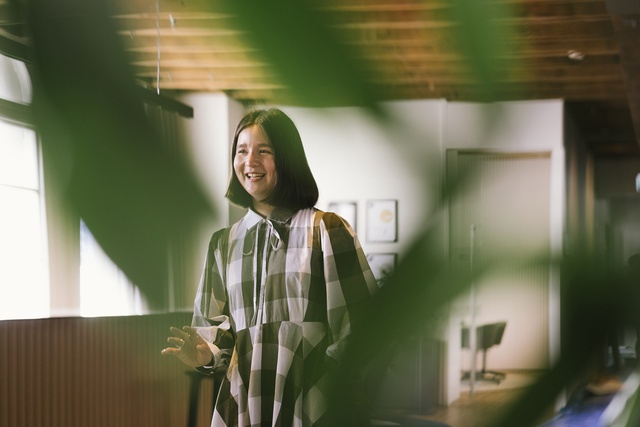
JR: What do you feel computing and digital design can achieve for the industry in the future?
(CS): Instead of being resistant to change, architects should feel empowered to utilise technology and discover its untapped potential. This potential is particularly promising in the fields of sustainability, urban design, master planning and feasibility studies.
In order to learn and adapt as an industry, we must invest in upskilling individuals who are not afraid to test, trial-and-fail and to be at the forefront of innovation. Combining this with a deep understanding of the context and implications is a powerful tool.
JR: You’re also a volunteer at Emerge, a Te Kāhui Whaihanga-led initiative for grads and emerging professionals. What’s the nature of this role?
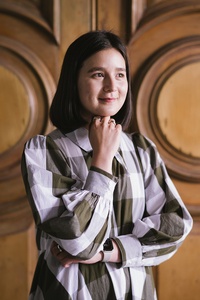
(CS): I’ve been the NZIA Emerge Wellington co-representative for the past year. This involves running the NZIA Wellington social media, organising and hosting events for Wellington Emerge members — graduates, allied members and emerging professionals. Events can range from panel discussions focussed on registration, what it’s like to work in practice, and social catch-ups with people from a plethora of different architecture practices.
My aspirations with this work are that more people will willingly collaborate, connect and communicate to share information and learnings. This is how humans have developed and it’s how we can advance our field at a pace that matches the rest of the world around us. I sometimes question how I can fit it all in but my experience has been very rewarding.
JR: As an emerging professional helping graduates reach their potential, is there a particular skillset or tool that you’re passionate about sharing?
(CS): From a young age, and at university, I thrived when given the task to present to a group. I find and grab every opportunity to share the things that keep me up at night. Through CPD provider Teulo, I’ve been able to share some of these thoughts with professionals in the industry, on an international stage. Although it can take a lot of courage, I believe graduates have important things to say and I hope to be an advocate in this space. This also extends to the listening and supporting of ideas.
I think key to being a connected and worldly architectural graduate is being a sponge and soaking it all up. Wellington has so many opportunities to connect with others in the allied industries to discuss and learn about wider issues in the built environment. Often, just being in the room is the first step to real difference.
JR: Do you have any other interests that feed into your architectural practice?
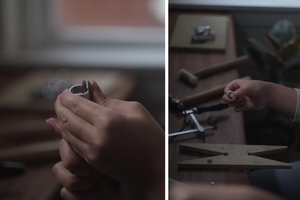
(CS): Being someone who is constantly seeking to learn and be creative, I took up jewellery making about two years ago. Working with my hands, directly with the material and at a 1:1 scale, challenges me and is so different to a typical day in the office.
Silver behaves in such a fascinating way and crafting wacky and weird pieces intrigues me and brings a sense of groundedness. I’ve now invested in my own home studio so that I have no excuses to get to the bench and get hands on.
As a society, I think slow artisan-produced objects is what we crave in response to rapid consumerism. I strive to facilitate a personal and local connection between client and object, which is akin to getting buy-in and appreciating the journey of an architecture project.
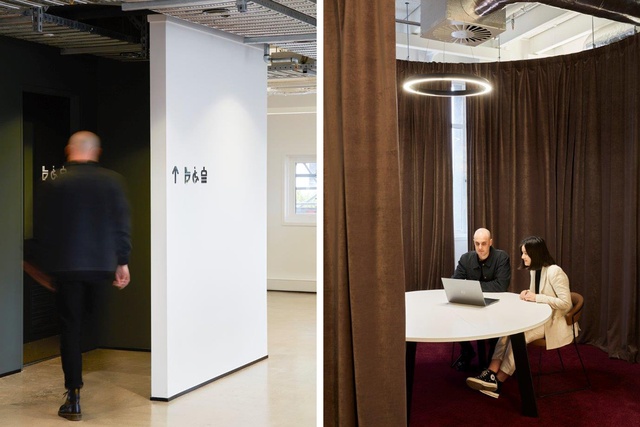
JR: Tell me about your thesis project ‘inhabiting: blue’ and how this idea came about.
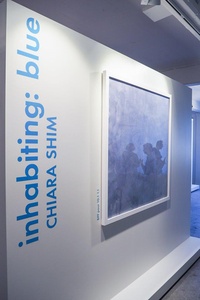
CS: The genesis of my master’s thesis project came from a personal fascination with colour.
Entitled ‘inhabiting: blue,’ it harnessed a reductivist approach by employing only hue saturation and brightness to replace physical materials. Colour is a means of expression, a technology for personalisation, differentiation, recognition — but perhaps integral to my thesis, was the idea that colour can be used to evoke response.
I love that a moment can be captured with colour. It can be very personal, subjective, intangible.
While the purpose of my thesis wasn’t necessarily to create research to affect the industry, it has helped heighten my sensibility to colour through learning complex colour theory. Light, and the lack thereof, is critical to how we interpret space.
One example of how I’ve applied this knowledge in practice is in the Callaghan Innovation Library Building adaptive reuse project, where I developed the colour palette.
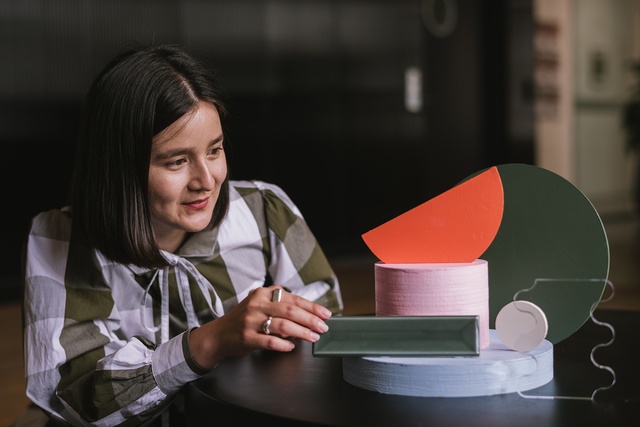
JR: Lastly, what was the inspiration behind your Resene colour palette choices?
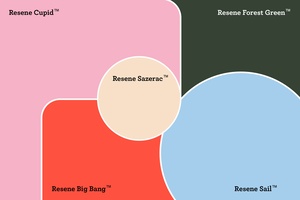
CS: The chosen colour palette is based around a tetradic or double complementary scheme, featuring two pairs of colours from Resene. A straightforward approach to exploring colour dynamics involves experimenting with saturation and vibrance. The fresh blue of Resene Sail is matched with the lively and playful orange-red of Resene Big Bang. The shadowy tone of Resene Forest complements the sweet liveliness embodied in Resene Cupid. To maintain equilibrium within the tetrad, Resene Sazerac steps in, to balance and soften. The inclusion of the glossy tile and transparent wiggle not only introduces textural variety but creates visual interest in the overall composition.
See more from the On the Rise series here.

